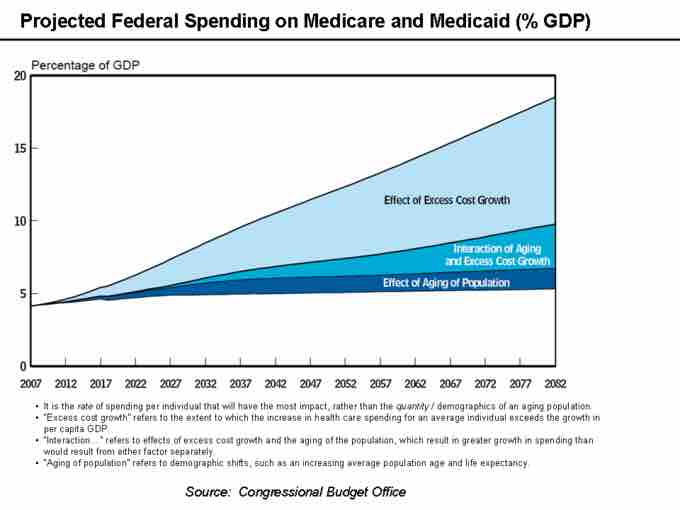Healthcare has many inputs and a wide variety of interested parties profiteering. Understanding what drives the need for health care (and what prevents it), what is included in the cost, and the overall accessibility of this essential service is critical to understanding economics issues in healthcare. A dollar spent on health care can find it's way to insurance providers, medical service providers, pharmaceutical companies, governments, administrative bodies (managing these businesses), and laboratories. Understanding what individuals pay for and why, alongside what is available, is important data for navigating this market.
Where the Money Goes
While a percentage breakdown of who procures the largest capital gains from health care is difficult to ascertain across such a complex system, it is safe to say that quite a few players contribute to the constantly rising price of even simple procedures and doctor's visits. A breakdown of the critical players illuminates this further:
- Health Care Providers: On the surface, this is who a beneficiary feels like they are paying. This is their doctors, nurses, psychologists, dietitians, technologists, chiropractors, surgeons, and a wide range of other hands on and customer facing roles. These individuals are further differentiated by the fact that they often act as references as opposed to direct suppliers, making them both a direct to consumer provider and a third party provider.
- Pharmaceutical Companies: Drugs are playing an increasingly large role in health care, and likely will continue to do so in the future. The constant development of new drugs, alongside the distribution of established medications, is an enormous part of the market.
- Insurance Providers: There is a divider between most medical service consumers and their providers, and this is the insurance company. For those who are covered by their full-time jobs (or dependents of these individuals), this is largely a matter of who their business purchases from. For others not covered, insurance issues are a complex and highly expensive issue, and getting coverage is quite difficult (this is being addressed in the U.S. by new legislation, and is not an issue in most other developed nations). The insurance companies command a huge profit and represent a substantial part of the medical price tag.
- Government: The role of government in health care is fiercely debated in the United States, but in most of the developed world the government is essentially the provider of health care plans (using social services models to consolidate tax revenues to be allocated for this service). In the U.S., this is only done for medicaid and medicare. The government also takes tax revenues from involved parties in this industry, driving prices up further.
- Administration: This is the hospital itself, or the doctors office, where the management team attempts to run a largely profitable business in the medical industry. Administration pays the health care providers and the government, taking income from direct consumers, the government, and the insurance companies to cover the cost of business (and often turn substantial profits).
With these group of incumbents in mind, it becomes quite clear why the costs are rising exponentially and are so unsustainable. The constant struggle between these large and powerful players coupled with an essentially infinite demand has left the consumer as an extremely weak player in the market. Indeed, with this in mind, the graph displays the trajectory of health care spending due to excess costs in the long term .

Health Care Costs
This graph illustrates the danger of continuing down path of using the excessively high cost-structure U.S. health care incumbents have dictated in the context of spending as a % of GDP.
Accessibility
One of the most discussed topics in health care is accessibility. Due to the fact that health care represents the ability for an individual to maintain a healthy and happy life, it seems intuitive that accessibility must as unlimited as possible. Of course, in a capitalistic system, this will not be the case. Economics dictates that price points will be determined based on supply and demand, and the demand in this industry is often essentially infinite. As a result, accessibility and profitability do not always align from an economic perspective. The U.S. employs medicaid and medicare to provide for low-income and elderly citizens that would otherwise be excluded from the market, while other countries have healthcare systems with more government intervention to address market failure.
One of the larger issues in accessibility is nations without the infrastructure required to support health care industries. Developing nations often do not have access to the skills or suppliers required to run modern hospitals and doctors offices, nor the ability to act preventatively (i.e. eating healthy, getting exercise, check ups, etc.). This creates enormous inefficiency in the system and reduces the economic viability of operating in these countries for insurance providers. Addressing this concern is one of the central issues for the United Nations (UN) and other nongovernmental organizations.